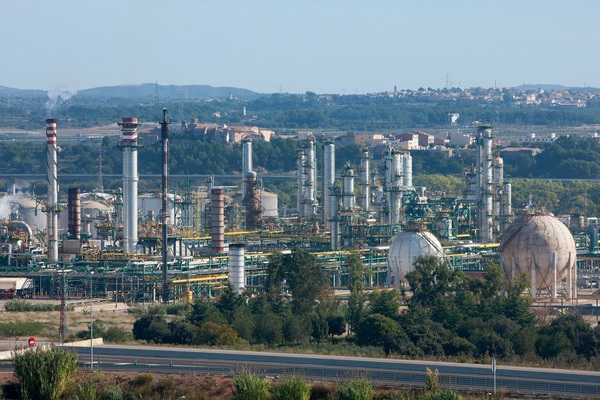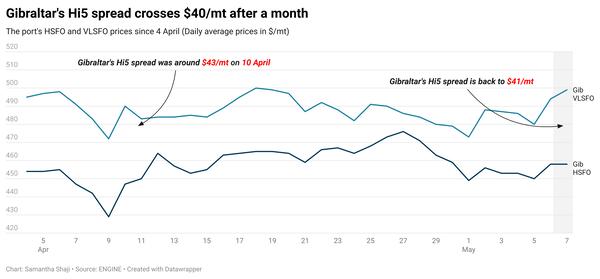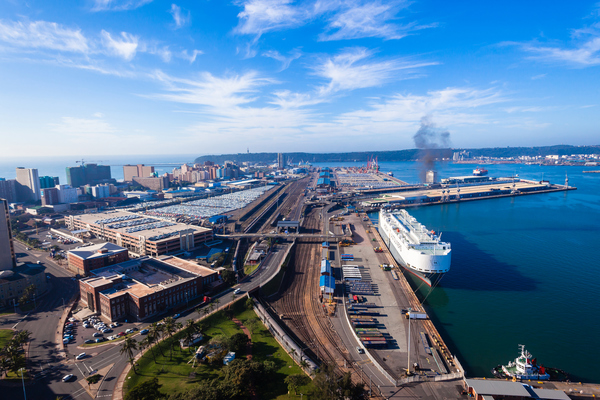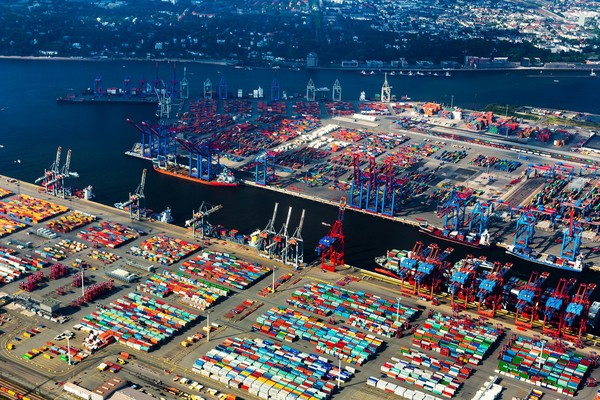The Week in Alt Fuels: Europe’s methanol catch-up
Proposed green methanol projects across the EU suggest the bloc is laying the groundwork for sizeable e-methanol supply, just as early price signals emerge from Dutch ports.
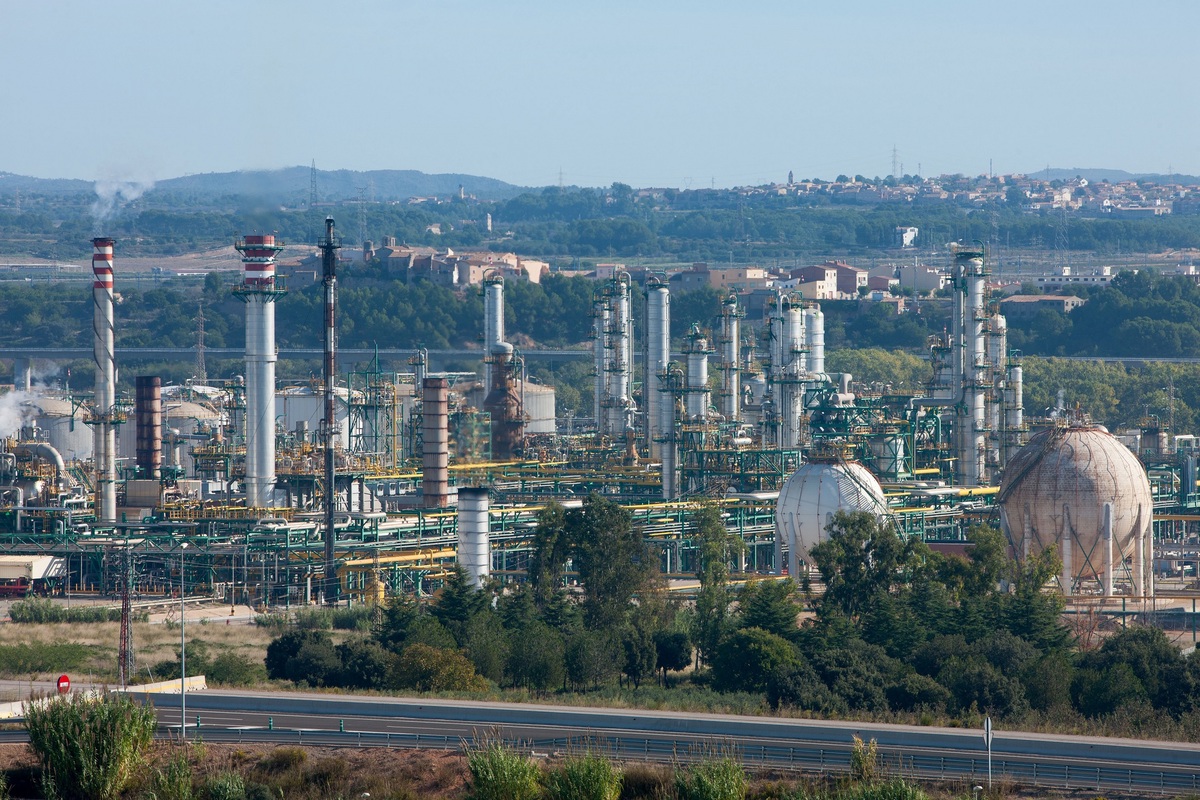 IMAGE: Repsol's bio-methanol plant in Spain. Tarragona Port
IMAGE: Repsol's bio-methanol plant in Spain. Tarragona Port
“The EU is gearing up to take on a bigger role in the next phase of green methanol production growth,” Gregory Dolan, chief executive of the Methanol Institute recently told ENGINE.
His observation is backed by increasing evidence on the ground.
While China continues to lead the early supply push and the Americas gain momentum, a series of project announcements and production milestones now point to Europe preparing to close the gap.
Supply-side momentum builds
The Nordics are emerging as a major hotspot.
Swedish developer Liquid Wind is planning at least 80 e-methanol plants in the region by 2030, which could contribute 8 million mt/year of e-methanol to the bunker fuel pool. Five of these plants are already underway.
Koppo Energia has proposed a 450 mt/year of e-methanol plant in Kristinestad, Finland. The project will use green hydrogen produced on-site and biogenic CO2 captured from a nearby waste incineration facility.
European Energy has already produced its first e-methanol batch at the Kassø facility in Denmark, using biogenic CO2 sourced from a local biogas plant. This facility is expected to ramp up to 42,000 mt/year using three electrolysers and a custom-designed methanol loop.
Spain is another potential production cluster.
Repsol has committed €800 million ($902 million) to build a bio-methanol plant in Tarragona. In Huelva, Cepsa is working with C2X, a company backed by A.P. Moller Holding and Maersk, to develop an e-methanol facility.
Spanish fuel distributor Forestal de Atlántico also plans a 40,000 mt/year e-methanol facility in Galicia, positioned along the busy ARA–Houston shipping corridor.
Early bunker prices surface
And as project announcements multiply, early pricing signals are also beginning to emerge.
A source told ENGINE that HBE-rebated bio-methanol in Dutch ports is currently offered at around $1,160/mt, which is roughly $2,370/mt on a VLSFO-equivalent basis.
This price indication is significant. Until recently, bio-methanol prices were largely theoretical or based on forward estimates. The fact that suppliers are now quoting delivered bunker prices in major European ports indicates that early demand is beginning to be met with commercial options, even if they still come at outright price premiums over conventional marine fuels.
But emission regulations will improve green methanol economics.
ENGINE analysis shows that the EU’s FuelEU Maritime regulation and Emissions Trading System (ETS) are already making a stronger case for alternative fuels such as liquefied bio-methane (LBM) and advanced biofuels.
Similar incentives could help narrow the cost gap for bio-methanol, particularly for shipowners seeking to generate FuelEU Maritime compliance surpluses to transfer or sell from one overcompliant vessel to others in a pool.
EU's green methanol trajectory
Through a combination of tighter EU regulations and the emergence of real bunker pricing, conditions for a functional green methanol market in Europe are beginning to fall into place.
Together, these developments suggest that Europe’s methanol strategy is starting to shift from ambition to action. The region may still be playing catch-up, but its course is becoming more defined.
In other news this week, Finnish engine maker Wärtsilä commercially launched its onboard carbon capture and storage (OCCS) system, following a successful installation of the system on one of Solvang's fossil-fuelled LPG carriers. The system “is proven” to capture 70% of CO2 emissions from a vessel’s exhaust gas, Wärtsilä confirmed.
An independent assessment found that UK-based climate tech firm HutanBio’s microalgae-based biofuel production process generates "net-negative" carbon dioxide (CO2) emissions in the upstream phase. The findings are based on a “cradle-to-gate” emission assessment conducted by independent consultancy EcoAct, and downstream emissions are not included.
Chinese bunker supplier SinoBunker refuelled a container ship with a 4,200 mt B24-VLSFO biofuel blend in the Chuanshangang port area of Zhoushan port, market intelligence provider JLC reported. Bunkering was conducted with SinoBunker’s bunkering vessel, Zhou Shun 10, marking the launch of its biofuel bunker operations in Eastern China.
By Konica Bhatt
Please get in touch with comments or additional info to news@engine.online

Contact our Experts
With 50+ traders in 12 offices around the world, our team is available 24/7 to support you in your energy procurement needs.

